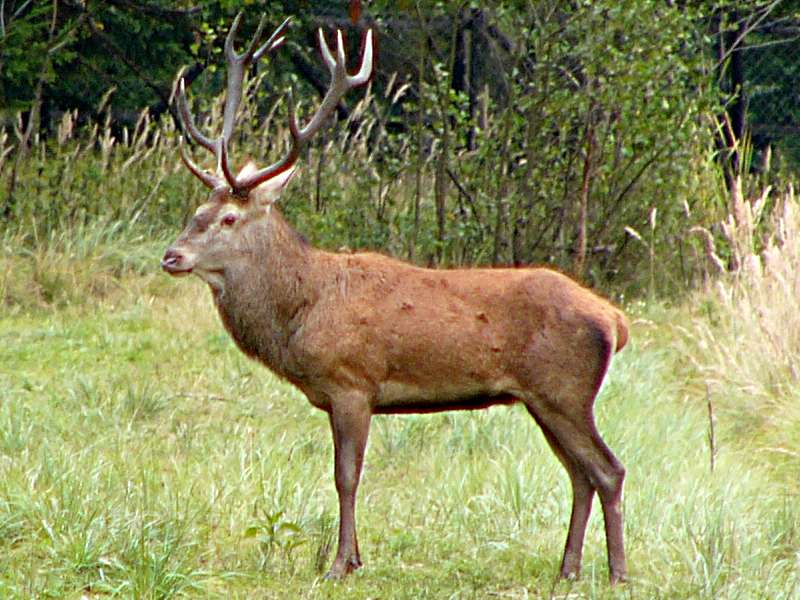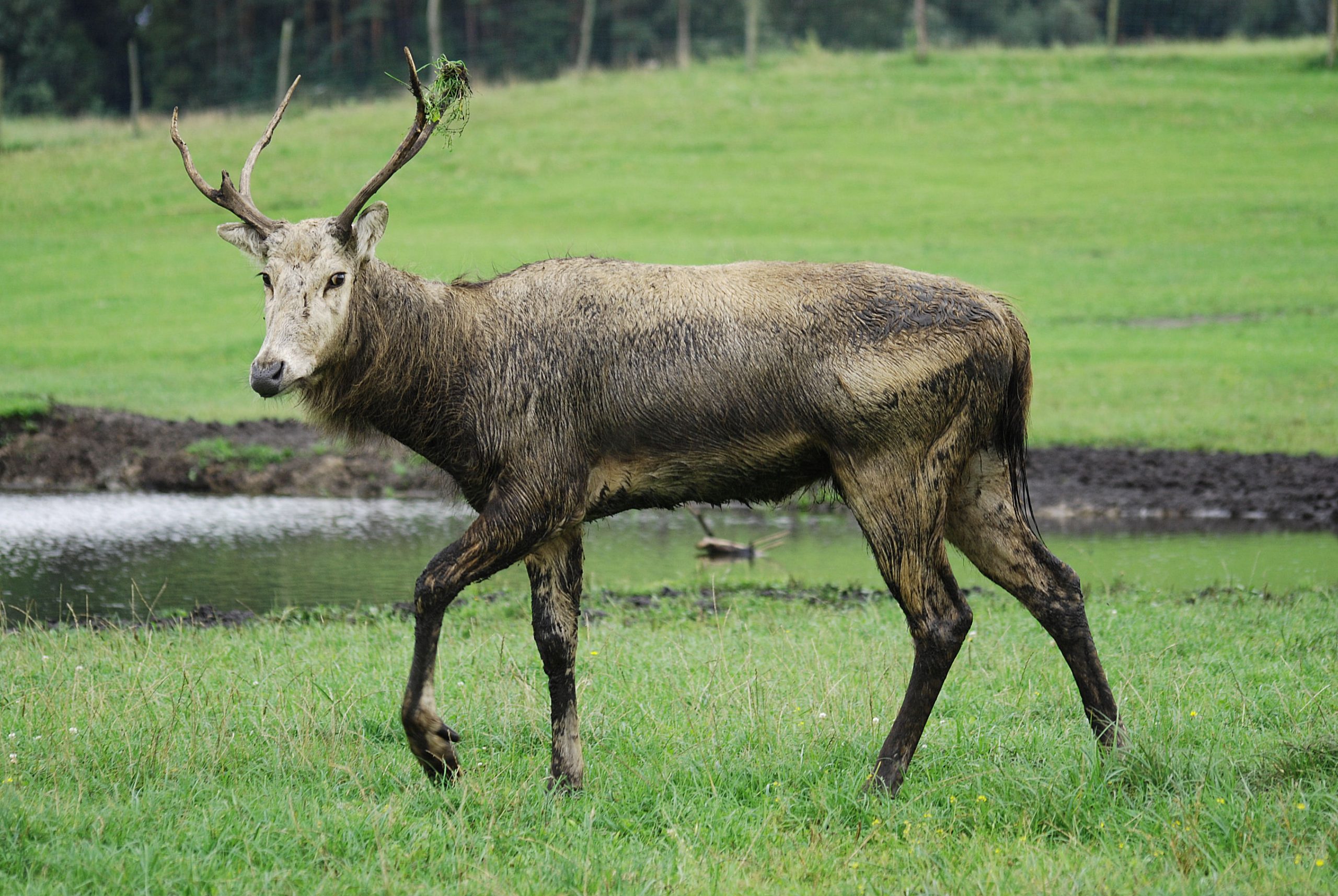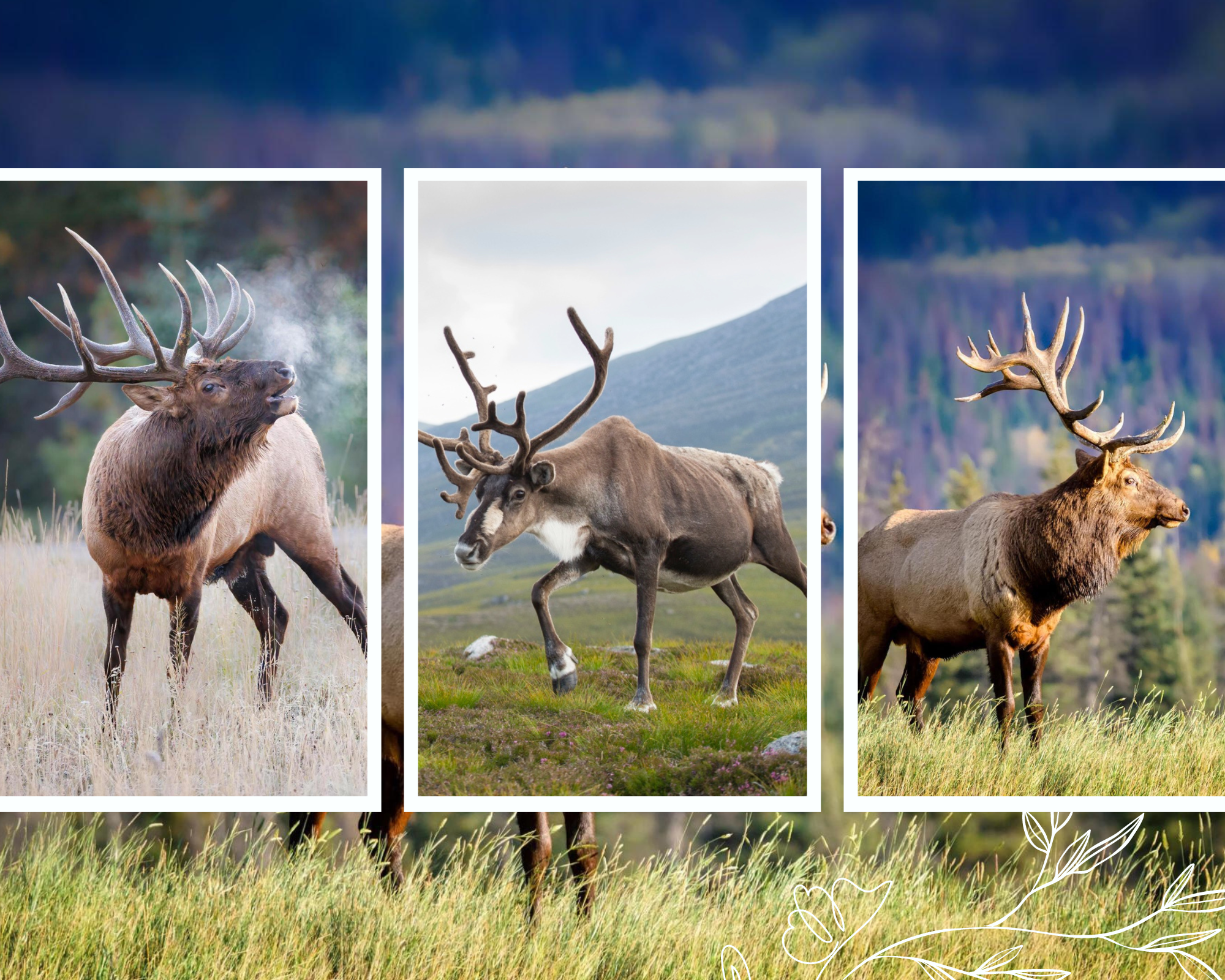Among the approximately 43 species in the deer family, all share the traits of being ruminants and possessing antlers. However, these creatures, particularly the larger members, are frequently confused with one another.
Despite their similar appearances, elk, reindeer, moose, and caribou exhibit variations in habitat, behavior, anatomy, and size. In this small article, we will try to explain the difference between various types of deer family.

Cervinae
This group of deer referred to as Old World deer, though many species now inhabit regions beyond their original range. These species are categorized into different groups due to their separate evolutionary paths. Deer within the Cervinae group include Elk, Muntjac, Chital, Tufted deer.

Capreolinae
Identified as New World deer, members of this subfamily are distinguished by their ankle bone structure. Capreolinae deer are categorized as tele-meta-carpel, retaining specific metacarpals that Cervinae deer, known as plesio-meta-carpal, lack. Species within this group include Moose, Reindeer, Roe deer.
Although these two deer groups exhibit slight differences in bone structure, their shared characteristics classify them both as types of deer. As ruminant animals, all deer possess a stomach divided into four compartments.
This unique digestive system enables food to undergo fermentation before digestion and metabolism. To facilitate this process, deer extensively chew their food, a behavior known as “rumination,” which inspired their name.
Another fundamental characteristic shared by all deer is their classification as ungulates, meaning they are mammals with hooves. While there are various types of ungulate animals, possessing hooves is a defining feature of deer. In other words, an animal with hooves may not necessarily be a deer, but lacking hooves would exclude an animal from being classified as a deer.
All deer share the classification as ungulates, meaning they are mammals with hooves. While there are various types of ungulate animals, having hooves is a defining feature of deer. Thus, while an animal with hooves may not necessarily be a deer, the absence of hooves would preclude an animal from being classified as a deer.

Elk vs. Reindeer vs. Moose
Together with forty other deer species, elk, reindeer, moose, and caribou belong to the same, loving family, the Cervidae.
There are a lot of similarities between antelopes, goats, giraffes, and cattle if you follow this line higher. This is so because they are all members of the artiodactyl mammalian order.
Some call these ruminant creatures collectively “reindeer.” This is because the characteristics of this kind of deer are similar to those of moose, caribou, reindeer, and elk. It is also the one that has been strongly linked to Christmas and promoted by pop culture.
There are a few fundamental distinctions that would make differentiating between them easy.
Here is a quick rundown of these attributes.
1. Elk
Elk is usually found in mountains, forests, rocky plateaus in East Asia and America. These antlers are four feet above the head and are tall and pointy with a mane of dark hair. They are huge to medium-sized animals. Height ranges from 4-5 feet, and weights from 500-1000 pounds.
2. Reindeer/Caribou
Their habitat is Greenland, North America, parts of Europe, and Asia. They have shaggy, visibly hairy necks, often with pale rumps. Males and females both have long curved antlers. They are medium-sized deer weighing about 275-660 pounds with a height of 4 ft.
3. Moose
Mosse are found in Alaska and Canada. Their key feature is they are of massive size, with bulky heads, with large, broad antlers. They weigh up to 1800 pounds and may exceed 6.5 ft in height.
Are they all deer?
The challenge in distinguishing between deer, elk, moose, and reindeer lies in taxonomy and the classification process. Grouping similar animals helps comprehend their relationships, aiding in understanding their distinctions and similarities.

